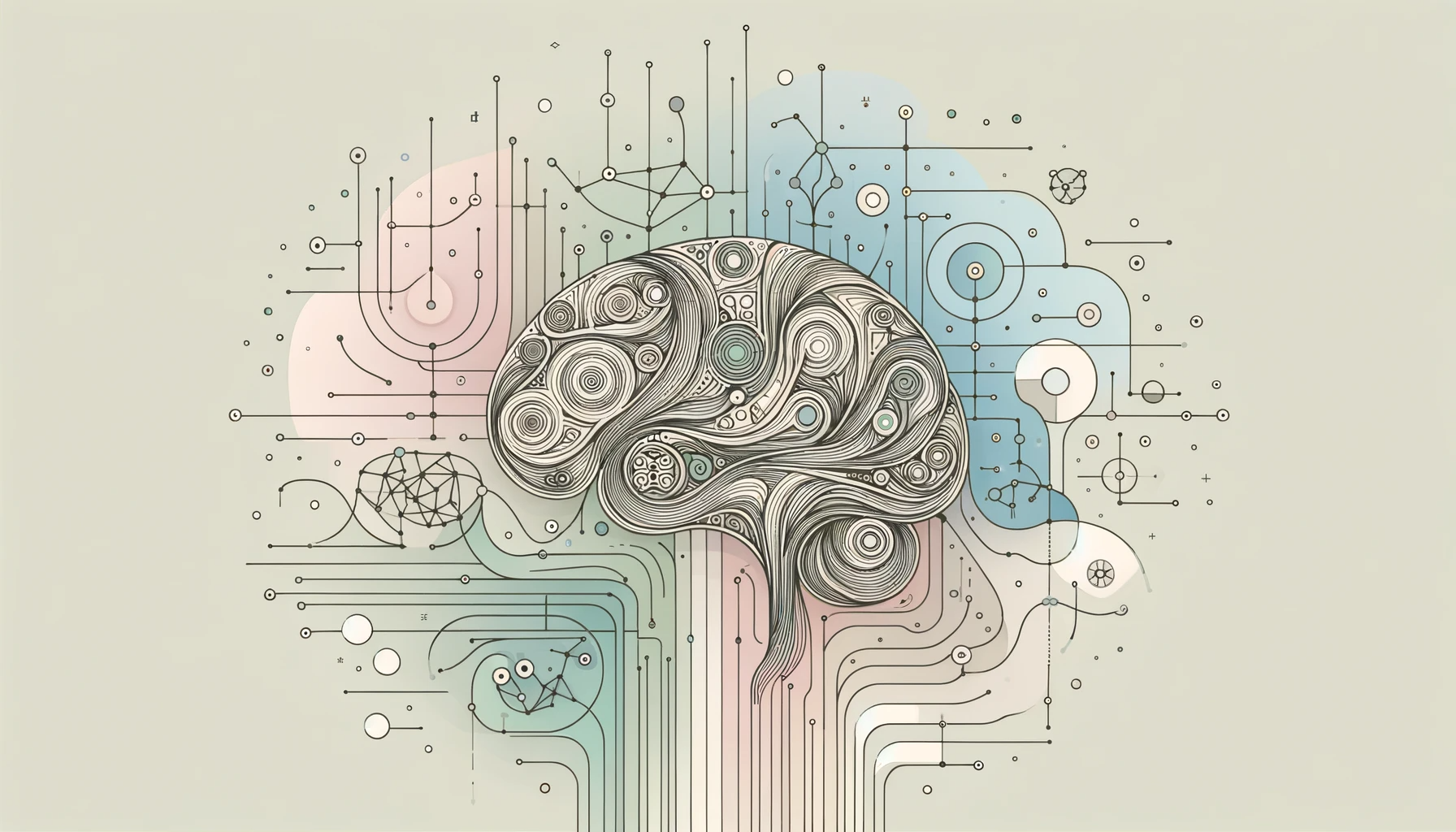AI graphic design tools are software solutions that incorporate artificial intelligence to assist in the creation and manipulation of visual content. Unlike traditional design software, these tools use AI algorithms to automate, suggest, and refine design elements, making the creative process more efficient for seasoned graphic designers. They are not just about automating tasks but also about enhancing the creative capabilities of professionals in the field.
How AI Tools Enhance the Graphic Design Workflow
The integration of AI into graphic design fundamentally transforms the workflow. These top AI tools for creative design can generate design ideas, automate repetitive tasks, and provide intelligent suggestions, allowing designers to focus on the more creative aspects of their work. For instance, AI can analyze current design trends and suggest relevant themes or elements, ensuring that a designer’s work remains fresh and relevant.
Moreover, AI tools can significantly reduce the time spent on tasks like image editing or color combination selection. For example, an AI color tool can instantly suggest harmonious color palettes based on the context of the design project. This not only speeds up the design process but also opens up new possibilities for creative exploration.
Another significant advantage is in logo design and branding. AI-powered tools can quickly generate multiple logo options based on specific brand values and aesthetics, giving designers a starting point for further refinement. This is particularly useful for projects with tight deadlines or when seeking fresh perspectives.
Furthermore, AI tools are increasingly adept at handling more complex design tasks. From UI design to sophisticated web design, AI can assist in creating detailed and functional layouts. AI algorithms can also help optimize designs for different platforms, ensuring consistency and quality across various media.
Specific Capabilities of AI in Graphic Design
Delving into specific capabilities, AI design tools offer a range of functionalities that were once time-consuming or challenging. AI image generators, for instance, can create unique visual elements from scratch, offering designers a new level of creative freedom.
In personalized design, AI can analyze user data to create tailored experiences. This is particularly useful in web design, where user engagement is crucial. AI can suggest layout changes or design elements that are more likely to resonate with the target audience.
AI-assisted design also extends to drawing tools and template design. These tools can suggest layout improvements, help with drawing intricate designs, or even generate entire design templates that can be customized as needed.
The Impact of AI on Traditional Design Techniques
While AI brings efficiency and new capabilities, it also changes how designers approach their craft. The traditional, manual aspects of design, such as sketching or conceptualizing from scratch, are now complemented with AI’s ability to suggest design ideas and automate parts of the creative process. This shift requires designers to adapt and learn how to best utilize these new tools in their work.
Future Trends and Developments in AI-Driven Design
Looking ahead, the role of AI in graphic design is set to grow even more. We can expect to see AI tools that offer even more sophisticated design recommendations, based on advanced AI and machine learning algorithms. These tools will likely become more intuitive, learning from the individual style and preferences of the designer to offer more personalized suggestions.
Moreover, the integration of AI in graphic design software will continue to evolve, with features becoming more refined and capable of handling complex design tasks. This evolution will enable designers to not only work more efficiently but also explore new creative avenues that were previously impossible or impractical.
In conclusion, AI graphic design tools represent a significant evolution in the field of design. They offer a blend of efficiency, creativity, and personalization, enabling graphic designers to elevate their work and explore new creative possibilities. As these tools continue to evolve, they will undoubtedly become an integral part of the graphic design landscape.


